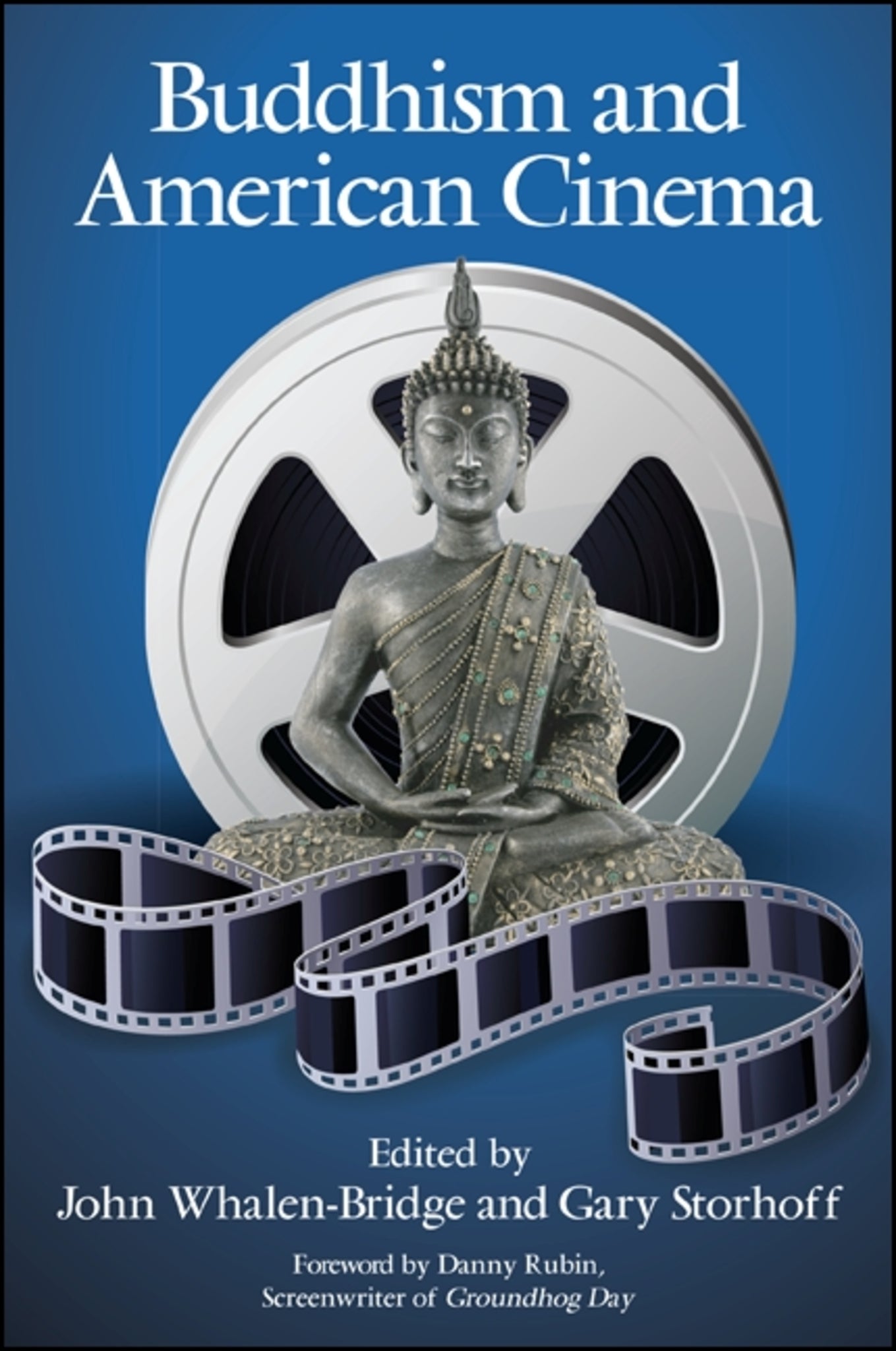We're sorry. An error has occurred
Please cancel or retry.
Buddhism and American Cinema

Some error occured while loading the Quick View. Please close the Quick View and try reloading the page.
Couldn't load pickup availability
- Format:
-
01 September 2014

Discusses both depictions of Buddhism in film and Buddhist takes on a variety of films.
In 1989, the same year the Dalai Lama was awarded the Nobel Peace Prize, a decade-long boom of films dedicated to Buddhist people, history, and culture began. Offering the first scholarly treatment of Buddhism and cinema, the editors advise that there are two kinds of Buddhist film: those that are about Buddhists and those that are not. Focusing on contemporary American offerings, the contributors extend a two-pronged approach, discussing how Buddhism has been captured by directors and presenting Buddhist-oriented critiques of the worlds represented in films that would seem to have no connection with Buddhism. Films discussed range from those set in Tibet, such as Kundun and Lost Horizon, to those set well outside of any Buddhist milieu, such as Groundhog Day and The Matrix. The contributors explain the Buddhist theoretical concepts that emerge in these works, including karma, the bardo, and reincarnation, and consider them in relation to interpretive strategies that include feminism, postcolonialism, and contemplative psychological approaches.


"In a fascinating contribution, David Harper and Richard Anderson look at how contemplative traditions in films such as The Matrix employ violence to legitimize liberation. The luminosity of film becomes a natural allegory of Buddhism, with projected fictional images attempting to connect viewers to a real world." — CHOICE
Foreword
Danny Rubin
Acknowledgments
A Tribute to Gary Storhoff
Charles Johnson
Introduction: Some (Hollywood) Versions of Enlightenment
John Whalen-Bridge
Part I. Representation and Intention
1. Buddhism and Authenticity in Oliver Stone’s Heaven and Earth
Hanh Ngoc Nguyen and R. C. Lutz
2. Buddhism, Children, and the Childlike in American Buddhist Films
Eve Mullen
3. Consuming Tibet: Imperial Romance and the Wretched of the Holy Plateau
Jiayan Mi and Jason C. Toncic
4. Politics into Aesthetics: Cultural Tranlsation in Kundan, Seven Years in Tibet, and The Cup
Felicia Chan
Part II. Allegories of Shadow and Light
5. Momentarily Lost: Finding the Moment in Lost in Translation
Jennifer L. McMahon and B. Steve Csaki
6. Dying to Be Free: The Emergence of "American Militant Buddhism" in Popular Culture
Richard C. Anderson and David A. Harper
7. Buddhism, Our Desperation, and American Cinema
Karsten J. Struhl
8. Christian Allegory, Buddhism, and Bardo in Richard Kelly’s Donnie Darko
Devin Harner
9. "Beautiful Necessities": American Beauty and the Idea of Freedom
David L. Smith
Afterword: On Being Luminous
Gary Gach
Bibliography
Filmography
About the Contributors
Index



